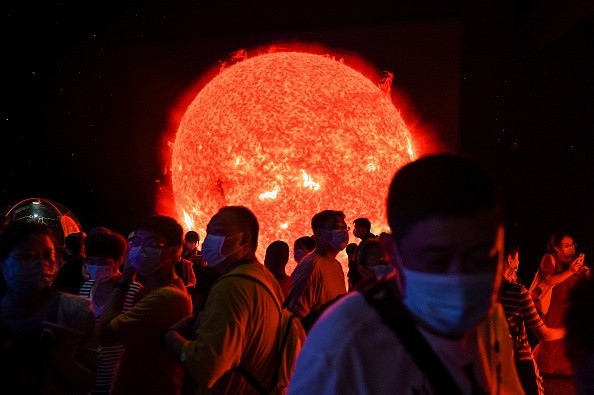China's space-based solar power system successfully completed its latest test, which the Xidian University calls the world's first full-system and full-link ground test system.

For the past few years, solar power innovations have always been integrated on Earth. Although there are models designed to work in outer space, they are still limited.
Now, the new space-based solar power (SBSP) station in China is expected to be a different one. Here are the details of the new SSPS-OMEGA (Space Solar Power Station via Orb-shape Membrane Energy Gathering Array).
China's Space-Based Solar Power System
According to SpaceNews' latest report, the SSPS-OMEGA was proposed was co-authored by the leading Chinese expert in SBSP, Duan Baoyan.

This advanced facility is specifically designed to test the abilities of the OMEGA system.
Duan explained that being able to use an analogy, earth and heaven transmission will really be beneficial.
"That is the ultimate goal and must take many years and many people to achieve it, but we can start working on it now and start from where it is most likely to be achieved," said Baoyan.
On the other hand, experts compared the new OMEGA system to the advanced ANSA SPS-ALPHA (Solar Power Satellite via Arbitrarily Large Phased Array) project.
The South China Morning Post reported that China plans to launch its advanced space-based solar power tech as early as 2028. But, this will still depend on further results generated by upcoming test activities.
Other Space Activities of China
Meanwhile, CGTN reported that China's deep space exploration laboratory is operational. The China National Space Administration (CNSA) confirmed this detail on Tuesday, June 14.
Space experts said that the new space laboratory is essential for the Asian country since it will allow China to enhance its strategic strength in technology and science.
Zhang Kejian, head of the CNSA, stated that the new space lab should be upgraded into a large-scale, national-level comprehensive research base.
On the other hand, NASA's Psyche delayed launch happened because of a software glitch.
Meanwhile, Astra's failed mission led to the loss of NASA's TROPICS weather satellites.
For more news updates about China's space-based solar power system and other similar innovations, always keep your tabs open here at TechTimes.
Related Article : European Space Agency's Gaia Mission to Reveal its Third Set of Data on June 13; Here's How to Watch
This article is owned by TechTimes
Written by: Griffin Davis




